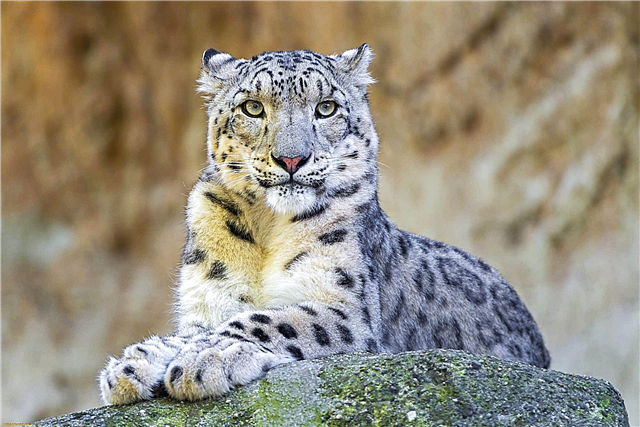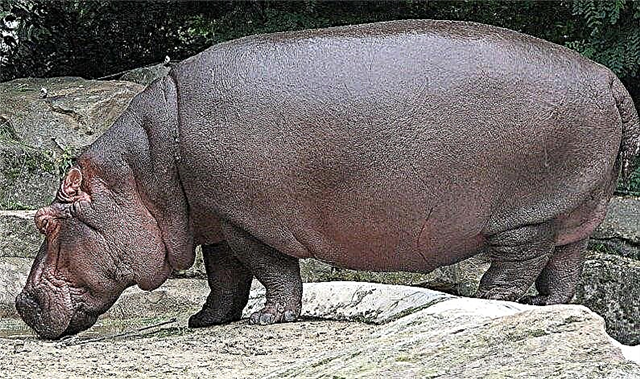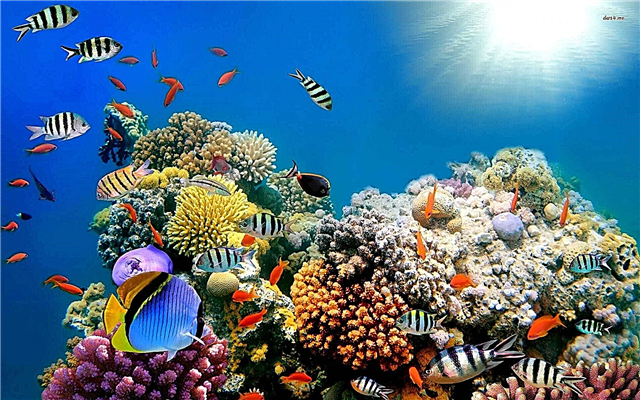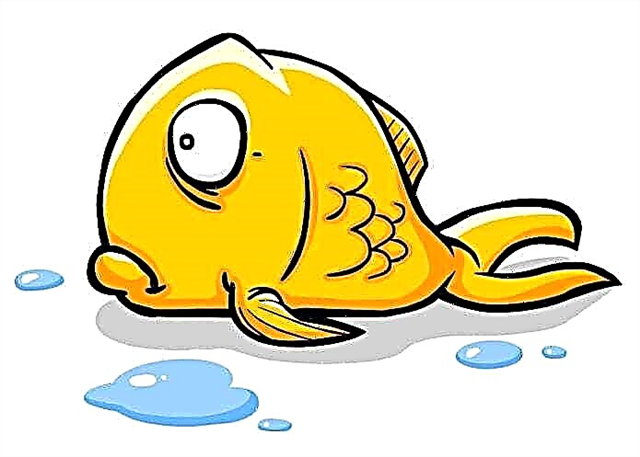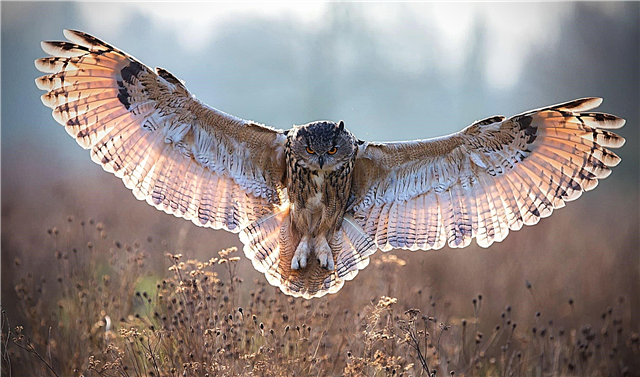
Plants must receive nutrients from the soil, as well as through photosynthesis - every student knows about this. However, some plants decided to go their own way, and get nutrients from those creatures that should be responsible for their pollination - from insects. Plants - predators really exist in nature, and some of them are able to cope not only with small midges, but even with a frog or small rodent. They use different hunting strategies, both passive and active options.
To make sure of the amazing capabilities of some plants, just consider them in detail.
How do predatory plants hunt?

There are three main strategies. As a rule, one of them is followed by plants that can be classified as a group of predators. Some of them lure insects into jugs using sweet smells. The insect drowns in the sticky contents of such a jug, or its outlet is blocked by a lid. This type of hunting is the most common among plants. But pitchers are mutated leaves - do not confuse them with flowers. The necessary juices are secreted in them - both sticky and digestive.
Interesting fact: predatory plants that hunt by this principle are not exotic and not uncommon. Even an ordinary snapdragon is capable of catching small insects that sit on the edge of a flower, under their weight it opens access inside, crawling inside, the insect is deprived of the opportunity to come back.However, the pharynx does not do this for food, it is a side part of the mechanism for increasing pollination efficiency.
In other cases, the plant has sticky leaves, and the insect simply sticks to them - this is the effect of the sundew, which grows on sparse swampy soils and supplements its “diet” with insects. There is also a third option - when the plant has leaves - traps that respond to the touch of an insect and slam shut. This, for example, is a venus trap, and this hunting strategy is considered active.

Venus flytrap is considered a classic example of a predatory plant, although in nature it is not widespread, it lives in a very limited area in the United States. True, such a popularity has come to this plant today that it is grown in pots and bought for home. The flycatcher blooms with white flowers, but its main advantage is green leaves with cilia on each and with additional tactile organs. If something touches one of them twice or thrice, the sheet slams.
Flycatcher is the most famous plant, but there are also a lot of less popular ones. There are about 500 species of insectivorous plants on the planet, and all of them are able to receive food partly from the soil, partly from captured insects.
What happens to caught insects?

By learning to catch insects, plants were able to adapt to their digestion. Extraction is dissolved in the juice and absorbed by the plant, this occurs both in jugs and in closed sheets, with any hunting strategy.After digestion, the leaf or pitcher opens again, ready to continue hunting. Some plants, such as tropical nepentes, do not cover pitchers at all. They are always ready to receive new production, even if the digestion of the past has not yet ended. The remains of previous victims even play to the advantage of luring flies.
Nepentes is a vine with weak roots, which is represented by 130 species and exists in the Philippines, Madagascar, Australia, and in many other countries. Interestingly, the monkeys are very fond of these flowers, and even drink from them. It was the large Nepentes who learned to catch and digest not only insects, but also mice and other small mammals.
Thus, in nature there are many predatory plants, and many of them can be found even in Russia. They can hunt in different ways, but in any case, the craving for the digestion of insects is taken from them from a deficiency of nutrients in the soil. In general, all these plants could live without hunting. But nature has endowed them with unique devices that they successfully use, replenishing their own supply of nutrients.

